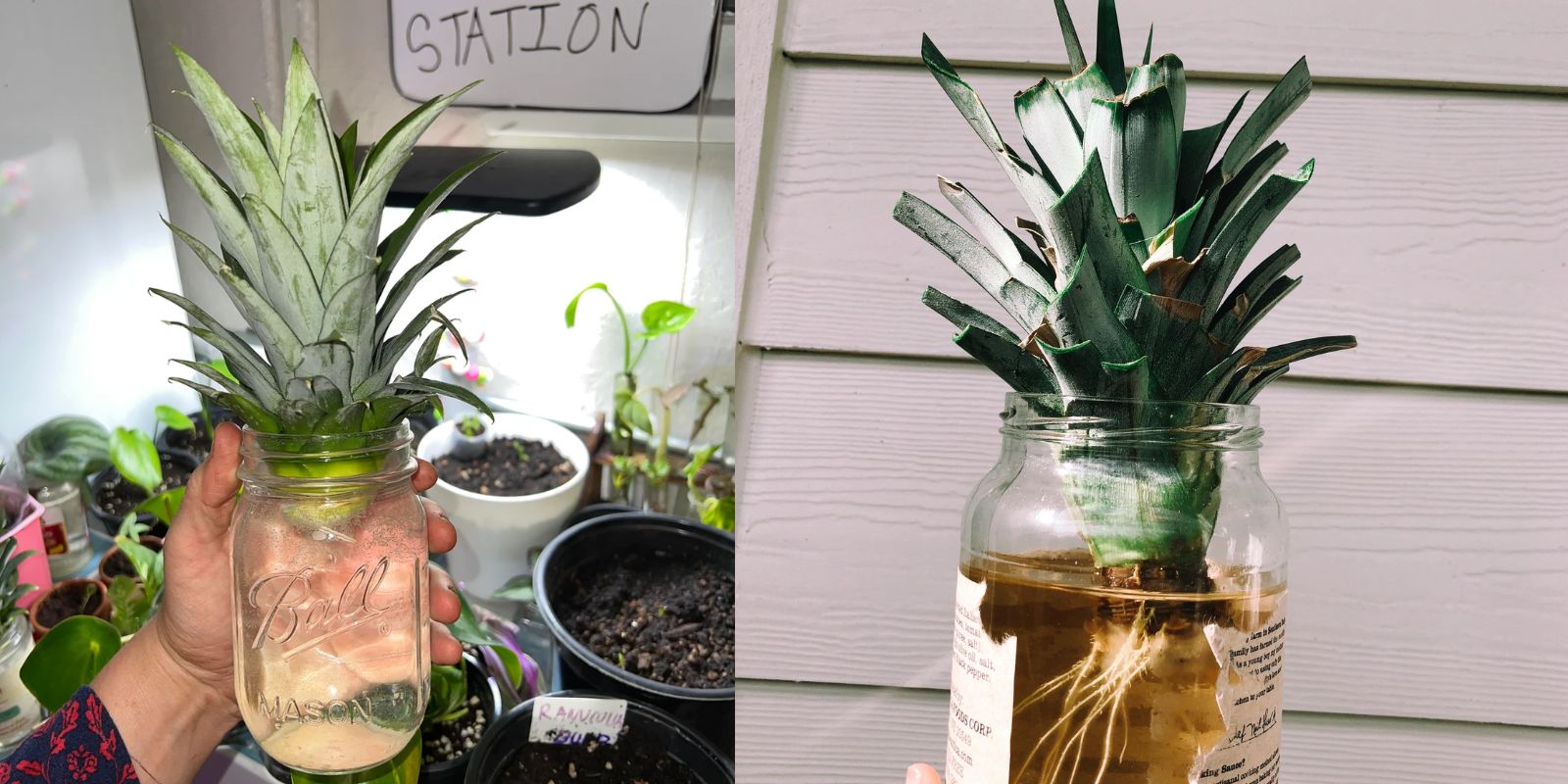Introduction
Pineapples are a tropical fruit loved for their sweetness and versatility in the kitchen. But did you know you can grow a pineapple plant right at home using the top of a store-bought pineapple? Propagating pineapples is an exciting, eco-friendly way to make use of kitchen scraps and brighten your indoor or outdoor garden. Not only do pineapple plants add a lush, tropical vibe to your space, but with some care and patience, they can even produce fruit. In this article, we’ll explore a detailed, 9-step process for propagating pineapples, tips for success, and common mistakes to avoid.
Why Propagate Pineapples?
Propagating pineapples is not only easy but also highly rewarding. It’s a cost-effective way to grow a plant, reduce food waste, and enjoy a touch of the tropics in your home. Pineapple plants are hardy, low-maintenance, and make stunning decorative additions to any garden or home. Plus, the satisfaction of growing your own fruit is unparalleled.
Materials You’ll Need
Before diving into the process, gather the following materials:
- A ripe pineapple with a healthy top
- A sharp knife (optional)
- A container for water (optional)
- A pot with drainage holes
- Well-draining potting soil
Step-by-Step Guide to Growing Pineapples from a Fruit Top
1. Choose a Healthy Pineapple
Select a ripe pineapple with a vibrant green crown of leaves. Avoid pineapples with yellowing or browning leaves, as these may not propagate successfully. Ensure the fruit is firm and free from mold or damage.
2. Remove the Crown
Grip the leafy crown of the pineapple firmly and twist it off. If twisting is difficult, use a sharp knife to cut off the top, leaving about 1 inch of fruit attached.
3. Prepare the Crown for Planting
Carefully peel off several layers of the lower leaves to expose about 1–2 inches of the stem. This exposed area is where roots will grow. Remove any remaining fruit flesh to prevent rotting.
4. Allow the Crown to Dry
Place the prepared crown in a shaded, cool area for 1–2 days. This drying period helps to reduce the risk of rot and encourages root development.
5. Optional: Rooting in Water
While not mandatory, rooting the crown in water can speed up the process. Place the crown in a glass of water, ensuring only the stem is submerged. Change the water every 2–3 days and wait for roots to form (usually within 1–2 weeks).
6. Prepare a Pot with Soil
Choose a medium-sized pot with drainage holes and fill it with a well-draining potting mix. Pineapples prefer slightly acidic soil, so consider using a mix designed for succulents or cacti.
7. Plant the Crown
Once the roots are established (or if you skip the water rooting step), plant the crown in the soil. Insert the stem into the soil, covering just the base of the leaves. Press the soil gently around the base to secure the plant.
8. Water Sparingly
Water the soil lightly, ensuring it stays moist but not waterlogged. Pineapples are drought-tolerant plants, so avoid overwatering. Place the pot in a sunny location with good airflow.
9. Provide Care and Patience
Pineapples thrive in bright, indirect sunlight and warm temperatures. Water sparingly, and fertilize every few months with a balanced fertilizer. Be patient—pineapple plants take 18–24 months to mature and produce fruit.
Tips for Success
- Sunlight: Pineapples require 6–8 hours of sunlight daily. If growing indoors, place the plant near a sunny window.
- Watering: Avoid overwatering, as pineapple plants are prone to root rot. Allow the soil to dry out slightly between waterings.
- Temperature: Pineapples thrive in warm climates. If you live in a colder region, consider keeping your plant indoors during winter.
- Fertilizer: Use a balanced fertilizer every 2–3 months to provide essential nutrients for growth.
Common Mistakes to Avoid
- Overwatering: Pineapple plants prefer dry conditions. Too much water can lead to root rot.
- Planting Too Deep: Ensure the base of the leaves is above the soil line to prevent rot.
- Lack of Sunlight: Insufficient light can stunt growth and reduce the chances of fruit production.
- Skipping the Drying Step: Always let the crown dry before planting to minimize the risk of rot.
What to Expect
Once your pineapple plant is established, it will begin to grow new leaves from the center of the crown. The plant itself can grow up to 3 feet tall and wide, making it a beautiful addition to your garden or home. After 18–24 months, you may notice a flower forming in the center of the plant. This flower will eventually develop into a pineapple fruit.
The Joy of Growing Your Own Pineapple
Growing a pineapple plant from a fruit top is an enjoyable and eco-friendly gardening project. It’s a wonderful way to teach kids about plants, reduce food waste, and bring a touch of the tropics to your home. Whether you’re a seasoned gardener or a beginner, pineapple propagation is a rewarding journey that culminates in the joy of harvesting your very own homegrown fruit.
🌴 “Turn your pineapple scraps into a thriving tropical plant! Start today and share your progress with us!” 🌴
#PineapplePropagation #GrowYourOwnFruit #TropicalVibes #DIYGardening #SustainableLiving #HomeGrownHappiness #GardeningMadeSimple #PlantLovers #GardenGoals

